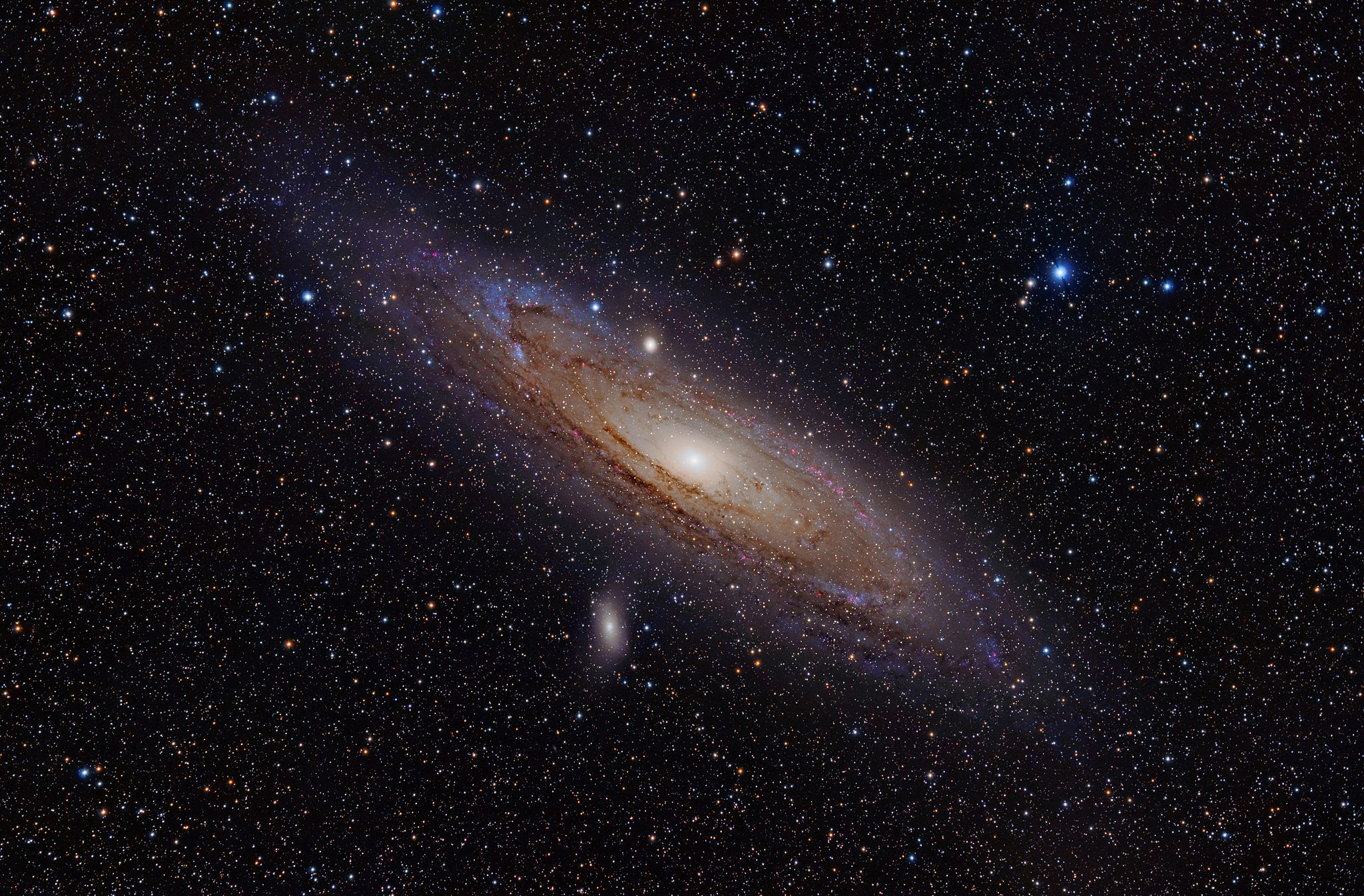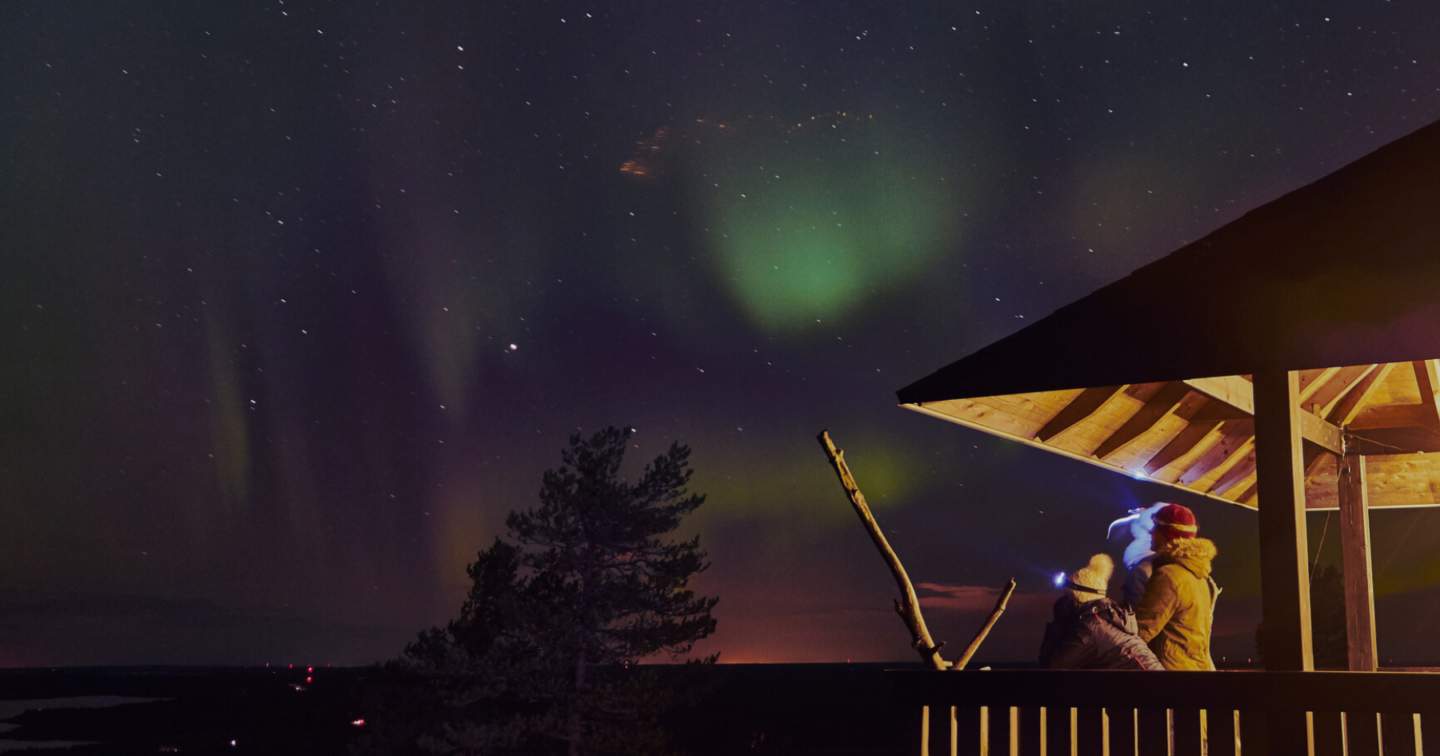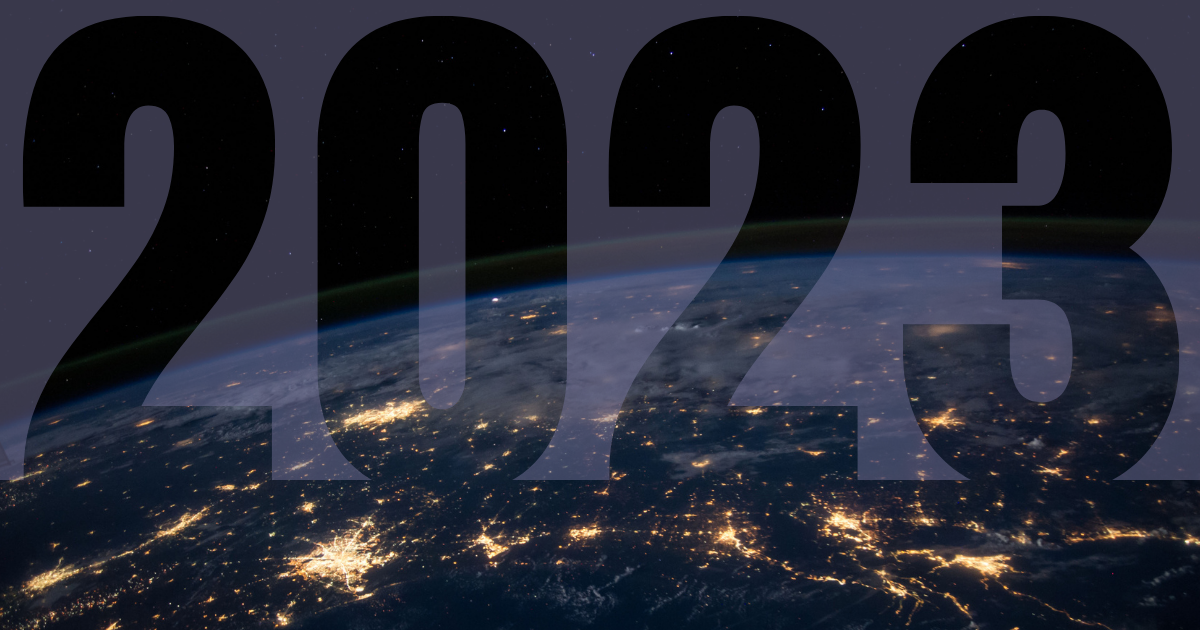
The Night Sky and You

IDA Public Advocacy Volunteer and amateur astronomer, Dawn Davies, shares the hidden wonders of the night sky to engage our sense of wonder and inspire exploration of the night.
Look up at the night sky to see countless wonders: planets, stars, nebulae, galaxies, and more. Almost every point of light you see above, every faint fuzzy in the heavens, and every constellation is located in our galactic home. With the exception of three objects, everything you observe with the unaided eye exists within our own Milky Way Galaxy. Those three exceptions are our topic for the week.
What You’ll Need
- A compass, or basic navigational orientation
- Access to the outdoors
Best Time to View
- One to two hours past sunset
What You’ll See
Constellations1
Andromeda, Cassiopeia, Dorado, Hydrus, Mensa, Tucana
Stellar Phenomena
Andromeda Galaxy, Large Magellanic Cloud, Small Magellanic Cloud
There are about 2000 stars for the amateur observer to enjoy on an average night.2 All heavenly bodies observed in the northern hemisphere, save one, exist right here in our own galaxy. Sitting off the knee of the constellation Andromeda is M31, or the Andromeda Galaxy. Our closest major galactic neighbor, it is spiral in shape like the Milky Way. With a rather bright magnitude, this soft fuzzy can be seen with the naked eye in dark sky conditions. Find it by following Alpha Cassiopeiae, one of the brightest stars of the constellation, downward towards Nu Andromedae. Don’t let her faintness fool you—the Andromeda Galaxy is the largest of our local group of galaxies, at over 200 thousand light years from end to end. It is considerably denser than the Milky Way, with twice as many stars.
Two similar features exist in the southern hemisphere. Nesting between Dorado (the dolphinfish) and Mensa (the table), is the Large Magellanic Cloud (LMC). Classified as a spiral dwarf galaxy, it is one of the closest neighbors to the Milky Way, at only 163 thousand light years away. Scientists hypothesize that the LMC was a barred spiral galaxy before it was impacted by gravitational forces from our galaxy.3 The LMC is quite obvious against the backdrop of stars— look for it off the tail of Dorado. With its disrupted spiral arms and large gas clouds, it differs from typical galaxies observed through a telescope.
Moving toward the constellations of Tucana (the toucan) and Hydrus (the water snake) is the LMC’s sibling the Small Magellanic Cloud (SMC). At half the size as the LMC, find it one third of the way from Beta Hydri to Alpha Hydri, jutting outward towards the tail feathers of Tucana. Similar in evolution, this galaxy was once spiral, but has since developed into a more irregular shape.4 Though only discernable via radio astronomy, there is a large magnetic field and a stream of neutral hydrogen between the two clouds, which has been dubbed the Magellanic Bridge.5
Our universe holds many amazing wonders to enjoy from our own backyards. One only needs a little information and the desire to look!
References
1 Sinnott, R. & Fienberg, R. Sky and Telescope Magazine/International Astronomical Union. Retrieved from https://www.iau.org/public/themes/constellations/
2 How many stars can you see at night? Cool Cosmos, Retrieved from http://coolcosmos.ipac.caltech.edu/ask/206-How-many-stars-can-you-see-at-night-
3 Large Magellanic Cloud. In Wikipedia. Retrieved July 10, 2017, https://en.wikipedia.org/wiki/Large_Magellanic_Cloud
4 Small Magellanic Cloud. In Wikipedia. Retrieved July 10, 2017, https://en.wikipedia.org/wiki/Small_Magellanic_Cloud
5 Sinnott, R. & Fienberg, R. Sky and Telescope Magazine/Astronomy-News. Retrieved from http://www.skyandtelescope.com/astronomy-news/astronomers-discover-magnetic-bridge-magellanic-clouds/



















